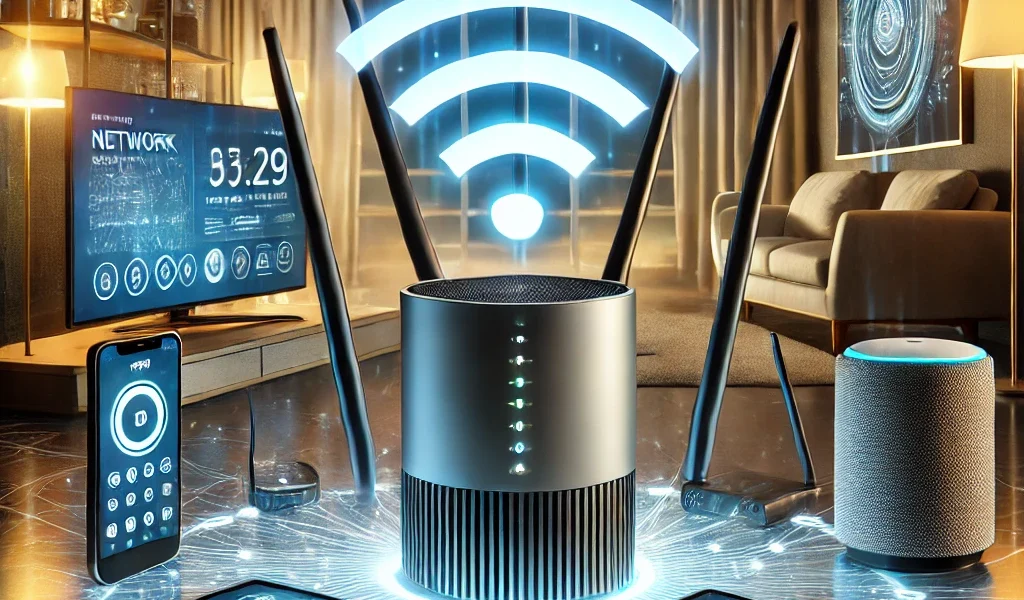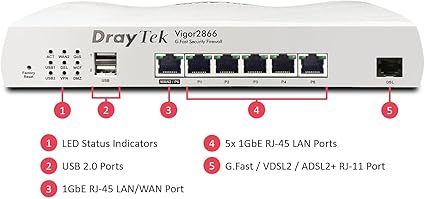Which is Best for Your Internet Needs?
Wifi vs Wired Connection, When it comes to internet connectivity people often choose between Wi-Fi and wired connections. Wired connections are generally faster and more reliable than Wi-Fi, making them ideal for activities that need a stable signal, like gaming or streaming. On the other hand, Wi-Fi offers convenience and flexibility, allowing users to connect multiple devices without being tethered to a cable.

Understanding the strengths and weaknesses of wifi vs wired connections each option can help users make informed choices based on their needs. For instance, a home office might benefit from a wired connection for speed, while a busy household may prefer the ease of Wi-Fi to connect smartphones and tablets.
In this article, readers will explore the key differences between Wi-Fi and wired connections. They will learn which option suits their lifestyle and how to optimise their internet experience.
Assessing Connection Types

Evaluating different connection types involves looking closely at performance metrics, physical infrastructure, and environmental factors. Each factor plays a crucial role in determining the best connection for individual needs.
Performance Metrics
Performance metrics are essential for comparing wired and wireless connections. Speed refers to how fast data transfers, while bandwidth measures the maximum data capacity. Wired connections, like Ethernet, typically provide faster speeds and higher bandwidth. For example, Gigabit Ethernet can offer speeds up to 1 Gbps.
In contrast, Wi-Fi may provide lower speeds, especially with multiple devices connected. Latency, or the time it takes for data to travel, is also vital. Wired connections tend to have lower latency, making them ideal for activities like online gaming or streaming. High latency can cause delays, impacting the user experience.
Physical Infrastructure
The physical infrastructure of a network influences performance. Wired connections require Ethernet cables that connect devices directly to a router or switch. This direct connection results in a stable and reliable link, which is less prone to interference.
Wireless connections depend on routers and other equipment to transmit signals. Factors such as the type of router, the number of connected devices, and the distance from the router affect performance. The quality of the wireless connectivity can vary, leading to inconsistent speeds, particularly in larger spaces.
Environment and Interference
The environment plays a significant role in the effectiveness of each connection type. Interference can disrupt wireless signals from various sources, including walls, microwaves, and other electronic devices. This disruption can lead to dropped connections and slower speeds.
Wired connections are more resilient to environmental factors. They maintain consistent speeds and reliability since they do not rely on signal strength. In crowded areas where many devices compete for wireless bandwidth, having a wired option can help ensure smooth online activities like streaming and gaming.
Factors Impacting User Experience

Several factors can influence the experience of users when choosing between Wi-Fi and wired connections. Key considerations include ease of use, security, and cost.
Ease of Use and Setup
Setting up a Wi-Fi network is typically straightforward. Users need a wireless router and an internet connection. Many modern routers feature easy installation guides. Newer Wi-Fi standards, such as Wi-Fi 6 and Wi-Fi 6E, improve performance and connectivity in busy households.
Wired connections, conversely, require cables and ports. Installing Ethernet cables, like Cat5e or Cat6a, might involve more effort. Once set up, wired connections can be more stable with less chance of dropped signals. This stability is essential for tasks requiring constant connections, such as video calls or streaming services.
Security and Privacy Considerations
Wi-Fi networks can face security risks. Encryption protocols like WPA3 enhance wireless security, but vulnerabilities can still exist. Users must update firmware regularly to protect their devices and data.
Wired connections offer improved security. Physical access is required to connect devices, limiting exposure to external threats. For offices or homes with sensitive data, a wired network is often safer. Furthermore, wired connections reduce the risk of wireless interference, which can affect performance and privacy.
Cost Versus Benefits
Costs for Wi-Fi setups typically include a wireless router and monthly internet service. Many users prefer this route due to the convenience of mobility. It allows for connecting multiple devices without the need for cables.
Wired connections may require more initial investment in equipment, such as routers and Ethernet cables. However, the stability and high-speed capabilities—potentially reaching 10 gigabits per second—can justify these costs. For users prioritising high performance, especially for file transfers and media servers, wired networks offer considerable long-term benefits. Comparing costs against quality is crucial when deciding which option meets one’s needs.
Our WIFI Survey information may be interesting, which can be found here





